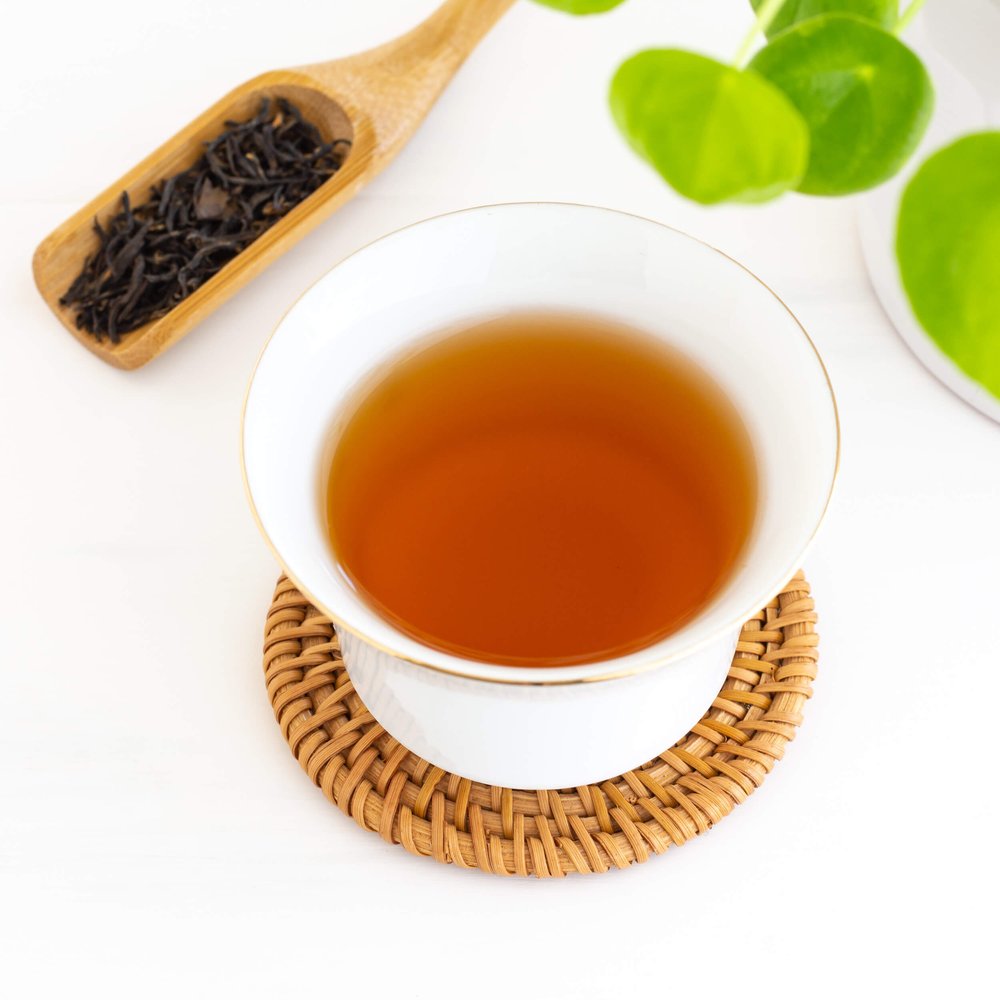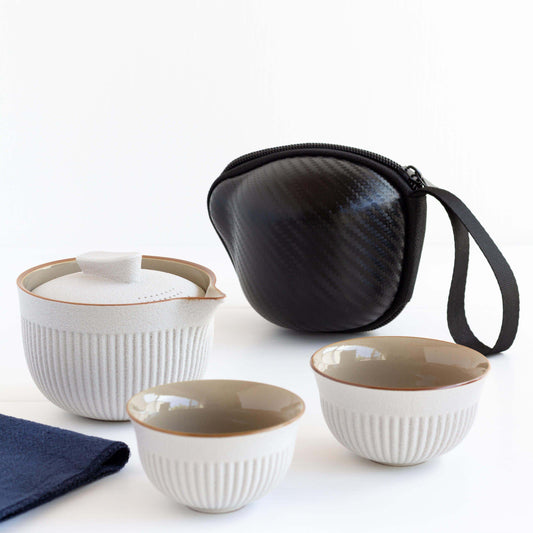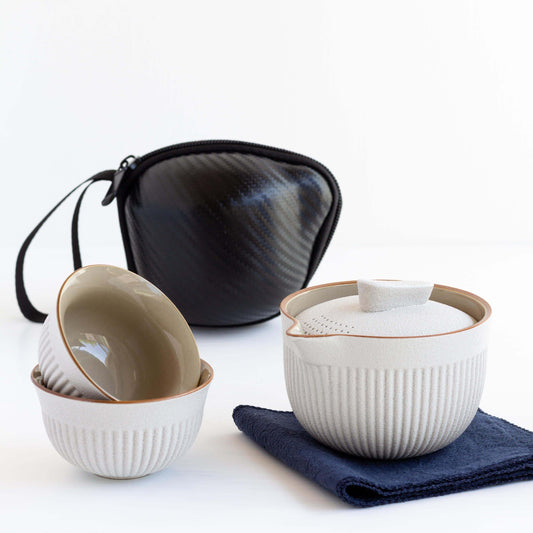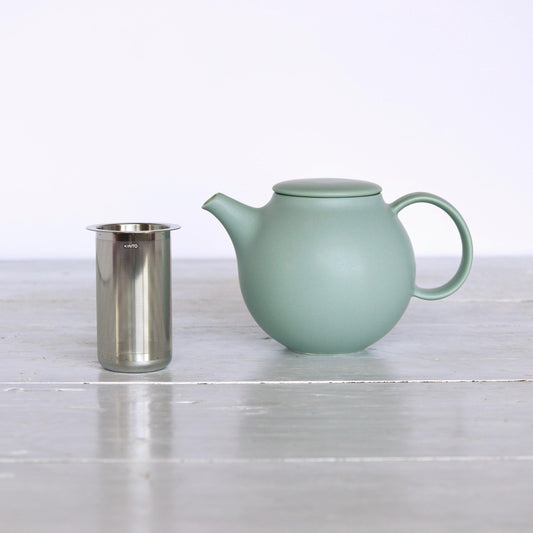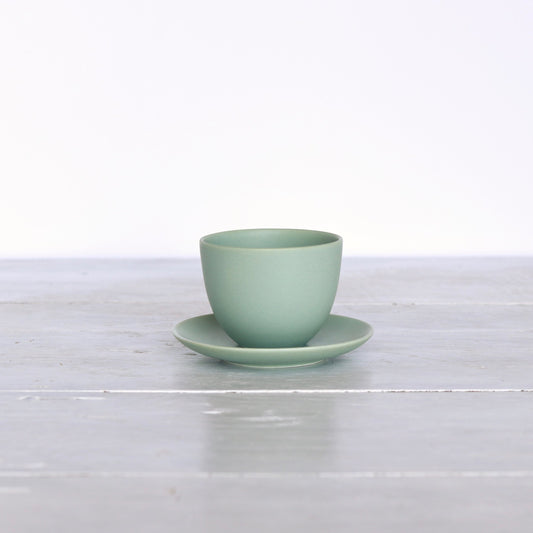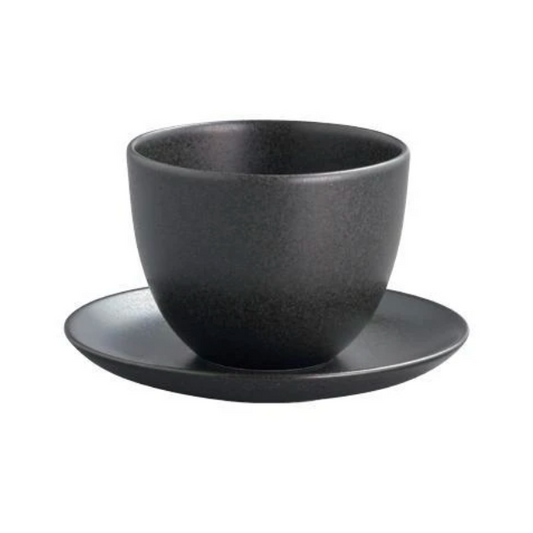Not only are cast iron teapots beautiful objects that you can display with pride in your tea corner, but they’re also a simple and functional way to brew up a tasty cup of tea. Made of solid cast iron, these pots are known for their excellent heat retention, so your tea will stay hotter for longer after you brew it. While you can use some cast iron teapots on the stove, most pots come with an enamel inner coating and exterior paint, making them better suited to brewing tea using pre-heated hot water.
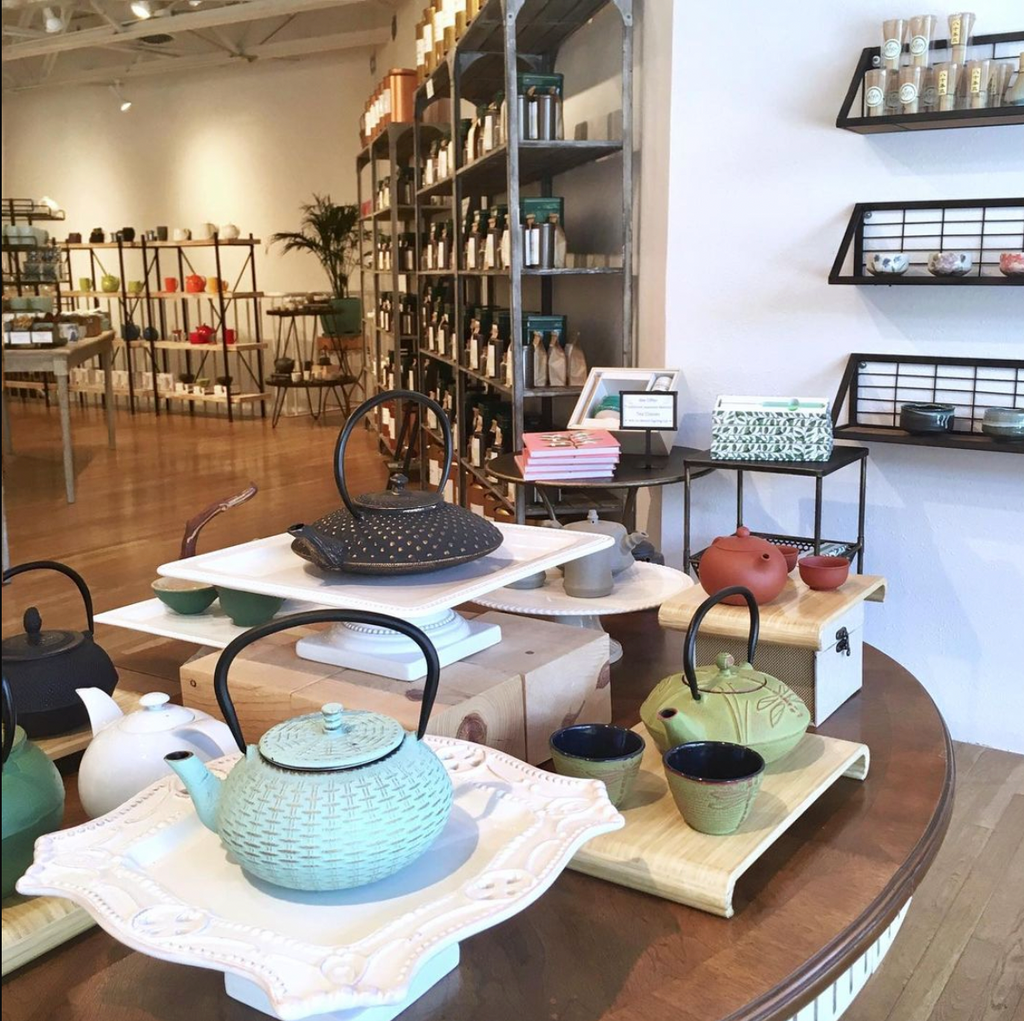
Cast iron pots vs. Japanese tetsubin: what’s the difference?
In Japan, cast iron tetsubin were traditionally used for heating water before brewing tea or matcha. These pots were designed to be heated over charcoal stoves. Prized for their durability and aesthetic appeal, traditional tetsubin also affect the quality of the water used to make tea, resulting in a mellower, sweeter cup thanks to the trace amounts of iron. These pots first became popular in Japan in the 1700s, and are still often used today.
Western cast iron teapots draw inspiration from traditional Japanse tetsubin, and are often even referred to by the same name. However, there are a few important differences between the two types. While Western cast iron teapots are also made using cast iron, they typically also feature an enamel coating inside the pot, which helps to prevent rust. Because of this coating, these cast iron pots are not suitable for heating on the stove. Instead, you should heat water using a stovetop or electric kettle, then use the cast iron pot to brew your tea.
Western cast iron pots feature many of the same benefits as tetsubin, including heat retention and durability. They also often come in unique shapes, sizes, and colors.
How to use a cast iron teapot
Before brewing tea in a cast iron teapot, you should first heat the pot by pouring hot water into the pot and letting it sit for a few moments. This helps to heat the pot up and allow it to better keep your tea warm. Next, place the infuser basket in your pot and measure your tea leaves. For most teas, you’ll use approximately one teaspoon of tea leaves for every six ounces of water in your pot.
Depending on what type of tea you’re brewing, you’ll need to heat the water to a specific temperature. While you can use cast iron teapots to brew any type of tea you want, they’re often used to brew Japanese green teas like Sencha and Gyokuro. Pour hot water onto your tea leaves, and infuse according to package directions. Remove the infuser basket and enjoy!
How to clean a cast iron teapot
Because this type of teapot is made from iron, it’s prone to rust if you don’t clean it properly. After each use, you should let your pot cool, then rinse and wash it using warm water. In general, you shouldn’t use soap or other cleaners on your pot, as this can damage the enamel and the iron.
Once your pot is clean, dry it using a soft towel, then invert to finish air drying. If your pot develops any rusty spots, don’t panic. While the enamel common in Western-style cast iron pots should protect the interior of the pot from rust, a small amount of rust or discoloration on the outside of the pot isn’t anything to worry about. You may want to use a trivet or dish towel to support your pot while brewing tea to protect tables and other surfaces.
Can you put a cast iron teapot on the stove?
It depends. Most Western cast iron pots have an enamel coating on the interior, and may also have colored paint or other coatings on the exterior. For this reason, you shouldn’t put this type of cast iron pot on the stove. If you’re using a traditional tetsubin made of pure cast iron, without any enamel or other coatings, you can put that type of pot on the stove. If you’re not sure, it’s a good idea to check with your pot’s manufacturer or your local tea shop.
Cast iron vs. ceramic teapots: which one is best for you?
Cast iron teapots and ceramic teapots are both great ways to brew tea. Which one you choose is ultimately a matter of personal preference.
Cast iron pots:
-
Have a distinctive aesthetic appeal;
-
Retain heat well;
-
Are durable and long-lasting;
-
May be slightly more difficult to clean and care for.
Ceramic pots:
-
Come in many different shapes and sizes;
-
Are more fragile than cast iron pots;
-
May be easier to clean than cast iron pots.
Other ways to brew loose leaf tea
To prepare loose leaf tea, we recommend using a teapot, tea infuser, or tea filter. These brewing methods give the tea leaves enough room to expand as the tea steeps, resulting in a richer, more flavorful cup.
Other types of teapots
Cast iron teapots aren’t the only options when it comes to pots to brew your tea in. Other teapots for loose leaf tea include ceramic pots, glass pots, and yixing clay pots. Styles range from traditional Western style pots to Japanese kysusu to the small clay pots used in the traditional Chinese gongfu tea ceremony.
Tea infuser mugs
If you prefer to prepare your tea one mug at a time, tea infuser mugs are another great option. These sets typically come with a mug, lid, and built-in infuser, and are a great setup for offices, dorm rooms, and everyday use. They’re also a great fit for beginner tea drinkers.
Stand-alone tea infusers
Already have a favorite mug or teacup you like to drink your tea in? Stand-alone tea infusers can be used in any cup you want. Lightweight and durable, these infusers are also great for when you’re traveling.
Tea filters
If you prefer teabags, tea filters are a great option that allows you to have the best of both worlds when it comes to the convenience of teabags and the superior quality of loose leaf tea. Just spoon some tea leaves into a tea filter, brew your tea, and then toss or compost the tea leaves and filter when you’re done!
Our cast iron pots
Interested in a cast iron teapot? We have a wide selection of beautiful cast iron pots available in our retail store in downtown Santa Fe, New Mexico. If you’d like to view our inventory or order a cast iron pot to be shipped to you, please feel free to get in touch.
